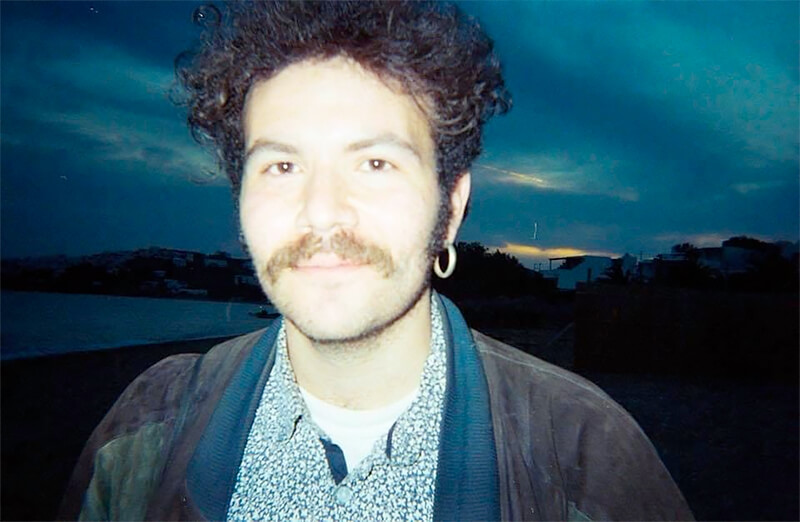Dimitris Lambridis was born in Athens, Greece. He has studied photography at the NewYork Film Academy and Film Production at the University for The Creative Arts, in Farnham, UK. He works as a photographer and cinematographer between London and Athens, while creating personal projects in the medium of photography. These projects focus mostly on stories that involve themes such as loss, the margins, community and irreversibility.
Red Willow:
"Red Willow" is the name of the Native American tribe of Pueblo Indians residing in the Taos Pueblo, in the city of Taos, New Mexico. The Red Willow tribe operates as an independent sovereign state, with its own hospital, school system and governing body.
The Taos Pueblo was probably built between 1000 and 1450, making it one of the oldest continuously inhabited communities in the United States. It is also said that the Red Willow tribe is one of the first forms of society in the US - prior to the arrival of the Spanish in 1598 and other colonizers who played a definitive role in the history of the country and the fate of all Native Americans.
A really important establishment introduced to the Natives was Christianity, which fit within the already highly spiritual culture, without pushing their spiritual practices away. It fit, and was accepted as it functioned in a different layer.
Faith plays a large role in Native American art and other forms of expression.
The history of relations between the US government and the Native American Indians has been a difficult one. Increasingly, today's Native American groups are sovereign within their own territory but continue to have close connections with the US federal government. Access to higher education for Native Americans is limited as the opportunities afforded them are not broad.
The people's attitude in conjunction with the endless desert, allowed for a clarity of mind, which was almost taking me by the hand and pointing the camera towards the things that really did matter. The earth, the mountain, and the deepest bond that will never be taken away from Red Willow - their connection to their land.
Photographic approach
As soon as I was granted access to photograph within the pueblo in Taos, New Mexico.
I started thinking about the form in which the narrative would be best preserved. The magnitude of this culture in relation to the history that comes after they encountered the colonizers, is one to be deeply respected. Appropriately, I thought that the clean strong image of a medium format camera, will function also as an update to Ansel Adams' documentation of the tribe- made in the 1930's- yet with elements of our times, such as the colour film and the inevitably modern landscape within and around the Pueblo, such as cars, clothing and establishments.
Approaching the Pueblo in relation to the outside environment of the town of Taos, was something that I wanted to establish after I witnessed a certain codependence, which might not be preferred by the tribal members, but seems necessary.
